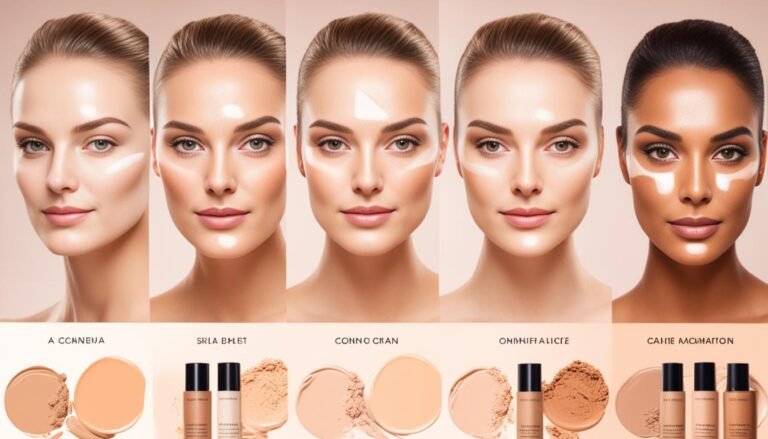What age do girls get clear skin?
As girls enter their teenage years, they often find themselves battling with various skin issues, such as acne and breakouts. It can be a frustrating and challenging time, leaving many wondering when they will finally achieve clear, blemish-free skin. But at what age does this coveted clear skin typically appear?
Contrary to popular belief, there is no definitive age when girls universally get clear skin. While some may find their skin clearing up during their teenage years, others may continue to struggle well into adulthood. Various factors, including hormonal changes, genetics, and skincare habits, can influence the timing and severity of acne breakouts.
Understanding the underlying causes of acne and the factors that contribute to it can help girls navigate this challenging period and develop effective skincare routines. In this article, we will explore the different stages of getting clear skin and provide valuable insights to help girls achieve the healthy, glowing complexion they desire.
Key Takeaways:
- Clear skin is not determined by a specific age and can vary among individuals.
- Hormonal changes play a significant role in the occurrence and duration of acne breakouts.
- Adult acne is common and can persist well into a woman’s 40s.
- Treating acne requires identifying the underlying causes, such as hormonal imbalances, stress, diet, and skincare product ingredients.
- Skincare routines should focus on using noncomedogenic and gentle products.
Hormonal Skin Changes During Puberty
During puberty, girls experience significant hormonal changes that can affect their skin. These changes are primarily driven by the activation of the androgen receptor hormone and the gonadotropin-releasing hormone (GnRH) in the body.
GnRH signals the ovaries to produce estrogen and testosterone, which are then released into the bloodstream. The surge in androgen hormones stimulates the sebaceous glands, leading to an increase in sebum production and oily skin.
Unfortunately, the combination of hormonal changes and increased oiliness can result in acne breakouts. The excess sebum can clog pores and create an environment for bacteria to thrive, causing inflammation and the development of acne.
The beginning of the menstrual cycle during puberty can further contribute to acne breakouts. Hormonal imbalances and increased oil production during this time can lead to more frequent and severe breakouts.
The severity of hormonal acne during puberty can vary from person to person, depending on factors such as genetics, hormonal imbalances, and environmental influences.
| Hormonal Skin Changes During Puberty | Effects |
|---|---|
| Oily Skin | Increased sebum production |
| Acne | Breakouts, inflammation |
| Bad Odor | Excessive sweat production |
Puberty Skincare Recommendations
During puberty, skincare becomes especially important as hormonal changes can lead to increased oil production and acne breakouts. To maintain healthy skin, it’s crucial to establish a proper skincare routine.
Start with an acne-fighting cleanser containing benzoyl peroxide. This ingredient helps eliminate bacteria that can clog pores and lead to breakouts. Use the cleanser twice a day to keep the skin clean and clear.
Incorporating a chemical exfoliator, such as glycolic acid, into your routine can help remove dead skin cells and prevent the buildup of excess oil. Remember to introduce active ingredients gradually to prevent irritation.
For individual flare-ups, an acne spot treatment with benzoyl peroxide can target specific areas without drying out the rest of the skin. This targeted approach helps speed up the healing process.
Even if you have acne-prone skin, don’t skip moisturizer. Opt for oil-free formulations that will hydrate your skin without clogging the pores. Moisturizing helps maintain a healthy skin barrier and prevents excess oil production.
Lastly, always protect your skin from harmful UVA/UVB rays by applying sunscreen with a non-comedogenic formula daily. This step is crucial in preventing sun damage and premature aging.
If you’re experiencing persistent or severe acne, it may be necessary to consult a dermatologist. They can provide a personalized skincare regimen and prescribe topical medications like Epiduo Forte or oral medications like Spironolactone to address your unique needs.






